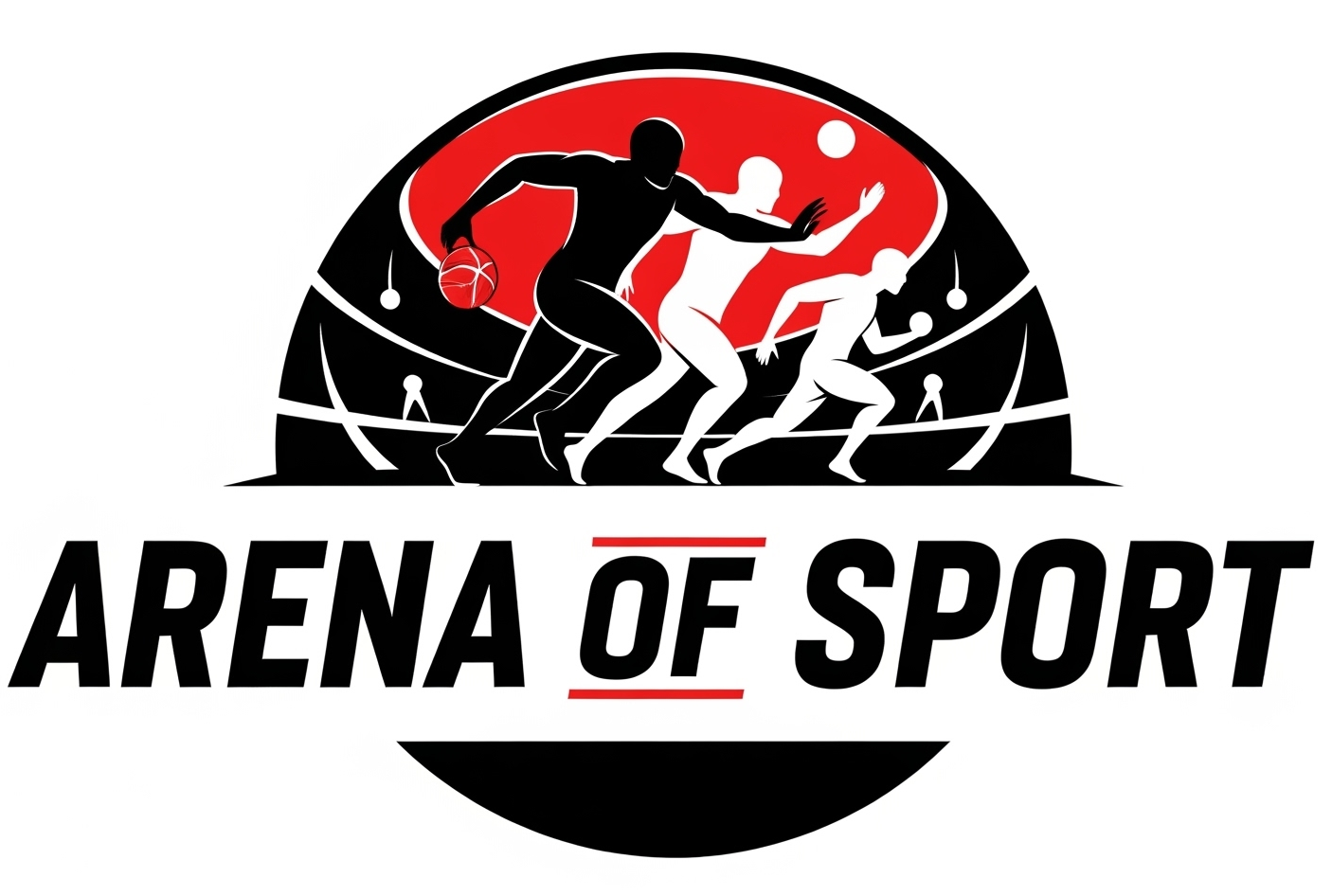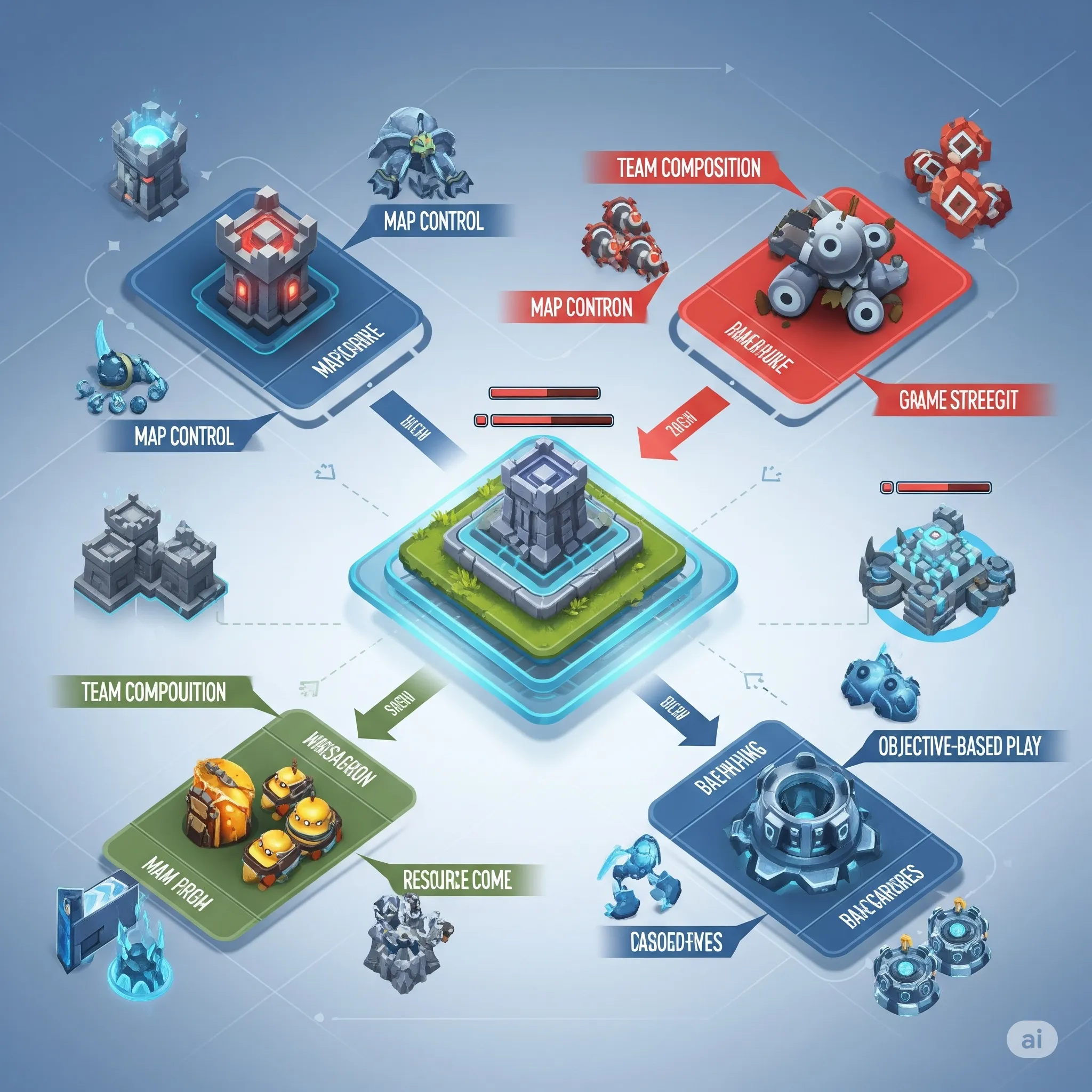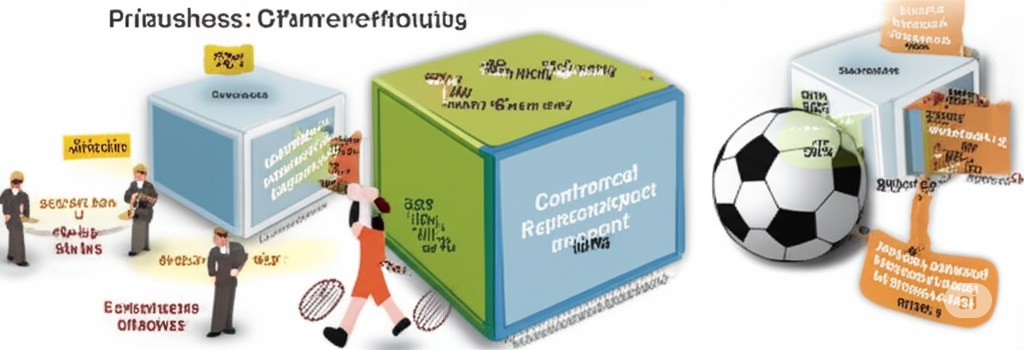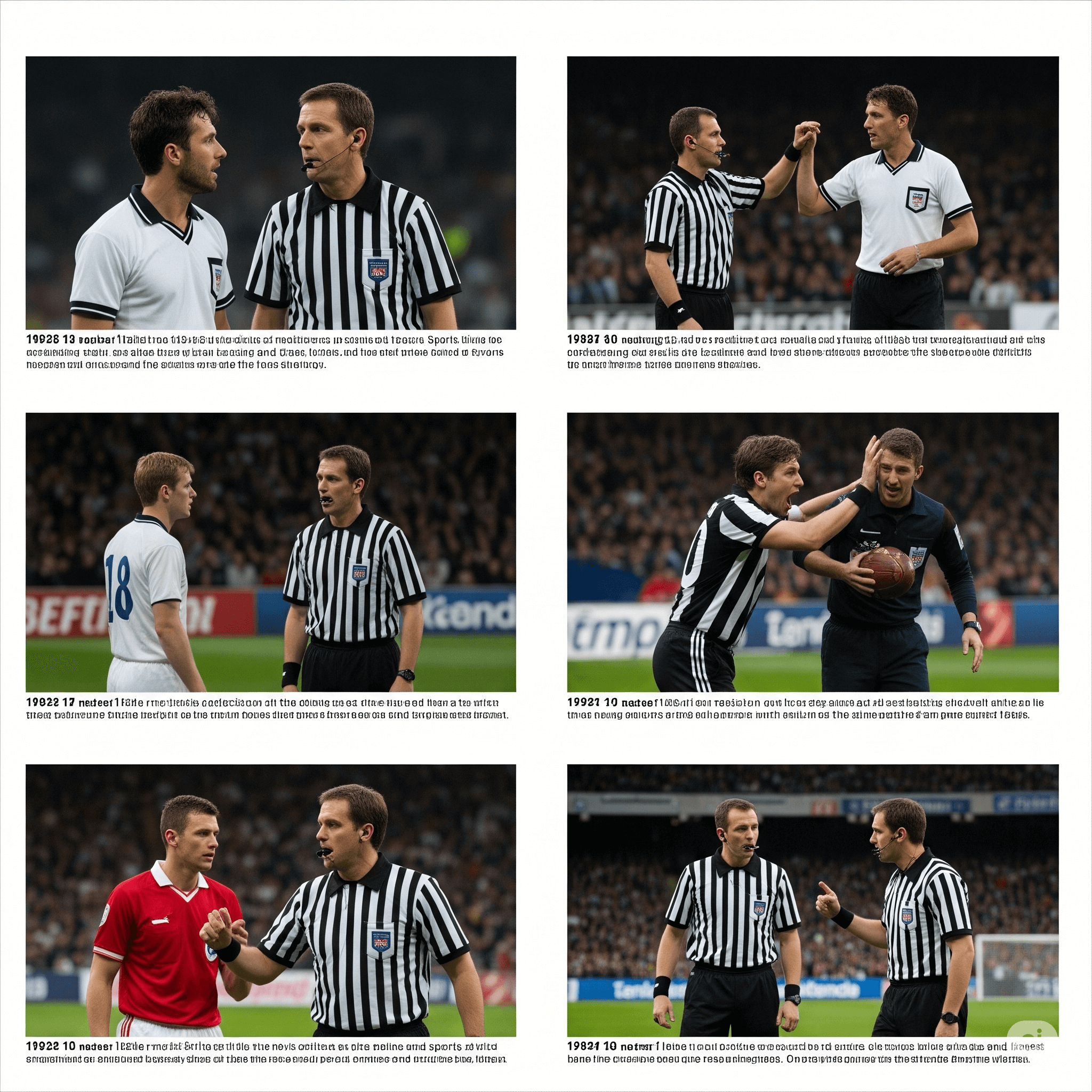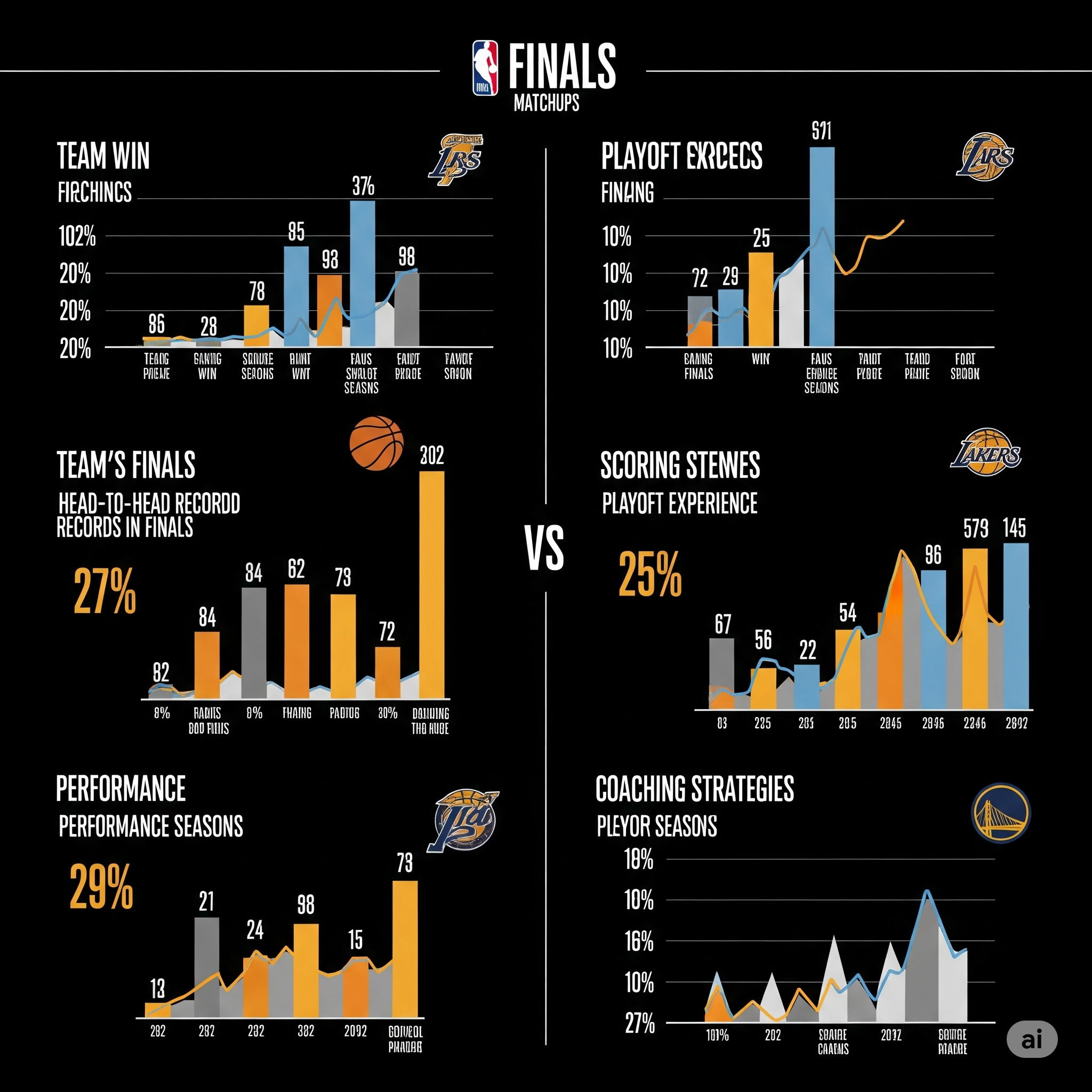Here’s what separates Faker from your average Diamond player: it’s not his mechanical skill or reaction time — it’s his ability to think three moves ahead while simultaneously tracking five enemy champions, four jungle camps, and two dragon timers. Professional esports isn’t won by flashy plays that end up on highlight reels; it’s dominated by players who understand that every popular competitive game boils down to the same fundamental strategic principles, regardless of whether you’re commanding armies in StarCraft or defusing bombs in CS:GO. Once you crack these underlying patterns, you’ll start seeing why certain teams consistently outperform their supposed skill level and why betting markets consistently undervalue strategic depth over mechanical flashiness.
Map control philosophy — territory as the ultimate currency
Every successful esports strategy begins with the same foundational concept: controlling space gives you options, while losing space eliminates them. Whether you’re playing League of Legends, Counter-Strike, or Dota 2, the team that controls more territory can dictate engagement terms, secure resources, and force opponents into disadvantageous positions.
Vision as territorial extension
In MOBAs like League of Legends and Dota 2, vision control extends your territorial influence beyond where your champions physically stand. Professional teams spend enormous resources on ward placement because information creates virtual territory — areas where you can move safely and areas where enemies cannot. This concept applies equally to CS:GO, where utility usage reveals or conceals map areas, effectively expanding or contracting each team’s controlled territory.
Chokepoint leverage dynamics
Map designers create natural chokepoints that force strategic decisions about territorial control. Teams that understand chokepoint dynamics can use superior positioning to overcome individual skill disadvantages. In Valorant, controlling key angles allows weaker aimers to compete with mechanically superior opponents through smart positioning and utility usage. 1xBet analysts often highlight how underdog teams leverage these principles to pull off unexpected upsets against more fancied opponents.
Rotation timing and territorial transitions
The most sophisticated strategic element involves timing territorial transitions to maximize advantage while minimizing risk. Professional teams spend hundreds of hours practicing rotation timings that allow them to contest new objectives while maintaining control over previously secured areas.
Resource management strategies that separate pros from amateurs
Professional esports teams treat every in-game resource — from ammunition and abilities to economy and experience — as interconnected systems that require careful optimization. Understanding these resource relationships reveals why certain strategic decisions that seem obvious to casual players are actually strategic disasters at competitive levels.
Economic timing windows
In games with economic systems like CS:GO and Valorant, professional teams identify specific rounds where economic advantages can be leveraged into long-term strategic control. Force-buy rounds aren’t desperate gambles — they’re calculated investments designed to disrupt opponent economic cycles and create favorable future situations.
Ability economy management
MOBAs and hero shooters require teams to track ultimate abilities, summoner spells, and cooldowns across multiple players simultaneously. Teams that optimize ability usage timing can create overwhelming advantages during key objective fights while ensuring they have necessary tools available for future engagements.
The most critical resource management principles include:
- Tempo versus material trade-offs — Understanding when to sacrifice immediate advantages for better long-term positioning or resource states
- Cooldown tracking and engagement timing — Professional teams maintain mental databases of all major abilities and time engagements around opponent vulnerability windows
- Economic disruption strategies — Targeting opponent resource generation through map control, objective denial, and forced unfavorable engagements
- Resource allocation optimization — Distributing limited resources like experience, gold, and utility across team members to maximize overall team effectiveness
- Recovery pattern recognition — Identifying when opponents are in vulnerable resource states and capitalizing through aggressive strategic pressure
- Conservation versus aggression balance — Knowing when to preserve resources for future opportunities versus spending them for immediate advantages
These resource management concepts apply across all competitive gaming genres, with specific implementations varying based on each game’s unique resource systems and victory conditions.
Team composition theory and meta-game evolution
Understanding team composition goes far beyond picking champions or agents that seem powerful individually. Professional teams build compositions around strategic concepts that create synergistic advantages through coordinated execution and complementary strengths.
Role specialization and strategic identity
Successful team compositions assign specific strategic responsibilities to each position, creating clear frameworks for decision-making during high-pressure situations. In League of Legends, compositions might prioritize early game aggression, late-game scaling, or split-push pressure, with each player understanding their role within the broader strategic framework.
Counter-composition theory
Advanced teams don’t just pick strong individual characters — they select compositions specifically designed to neutralize opponent strategies. This requires deep understanding of strategic interactions and the ability to identify opponent win conditions during the draft phase.
Flexibility within structured frameworks
The most successful teams develop composition pools that allow strategic adaptation while maintaining core identity and practiced coordination patterns. This flexibility enables them to respond to meta changes and opponent preparation without abandoning their strategic foundation.
Information warfare — vision control and opponent tracking
Information advantages determine the outcome of most professional esports matches, yet casual players consistently undervalue vision control and opponent tracking systems. Professional teams treat information as their most valuable resource, investing significant time and money into securing information advantages while denying opponents crucial intelligence.
Systematic opponent behavior tracking
Professional teams maintain detailed databases of opponent tendencies, tracking everything from individual player positioning preferences to team-wide strategic patterns. This information collection allows them to predict opponent movements and prepare counter-strategies that exploit identified weaknesses.
Deception and misdirection strategies
Advanced teams use deliberate misinformation to manipulate opponent decision-making, creating false impressions about their strategic intentions while gathering intelligence about opponent responses. These psychological elements often determine match outcomes more than mechanical skill differences.
Information warfare strategies involve multiple layers of complexity:
- Passive information gathering — Using vision tools and map awareness to track opponent movements and resource states without revealing your own strategic intentions
- Active information denial — Systematically eliminating opponent vision and information sources while protecting your own intelligence networks
- Strategic misdirection — Deliberately providing false information to opponents through positioning, ability usage, and movement patterns that suggest different strategic intentions
These information warfare concepts require team-wide coordination and communication systems that many amateur teams never develop, creating significant competitive advantages for organized professional squads.
Timing and tempo manipulation across different game genres
Tempo control represents perhaps the most sophisticated strategic concept in competitive gaming, involving the manipulation of engagement timing to create favorable conditions while preventing opponents from executing their preferred strategies. Understanding tempo allows teams to control match flow regardless of individual mechanical advantages.
Objective timing and map state manipulation
Professional teams use objective spawns and map events to force opponents into unfavorable timing windows, creating situations where opponents must choose between competing priorities. This strategic pressure often forces mistakes that can be exploited for significant advantages.
Initiative and response dynamics
Teams that control tempo dictate when and where engagements occur, allowing them to prepare optimal conditions while forcing opponents to react to unfavorable situations. This initiative advantage compounds over time, creating snowball effects that determine match outcomes.
Meta-tempo considerations
The most advanced strategic concept involves manipulating the pace of strategic development itself, accelerating or slowing overall match progression to favor your team’s strategic strengths while minimizing opponent advantages.
Strategic betting insights from understanding core gameplay patterns
Understanding fundamental strategic patterns provides significant advantages when evaluating esports betting markets. Most casual bettors focus on individual player statistics and recent match results while ignoring the strategic frameworks that actually determine competitive outcomes.
Teams with superior strategic understanding often provide excellent betting value because markets tend to overvalue mechanical skill and undervalue strategic depth. Identifying teams that excel at fundamental strategic execution allows for profitable betting opportunities, especially in matchups where individual skill levels appear evenly matched.
Strategic analysis reveals that consistent winners in competitive gaming share common approaches to map control, resource management, and tempo manipulation, regardless of which specific title they’re playing. These patterns persist across different games and meta changes, making them reliable indicators for long-term success.
Recognition of these patterns transforms how you evaluate competitive matches, revealing the deeper strategic narratives that determine outcomes beyond surface-level statistics and highlight reels.
